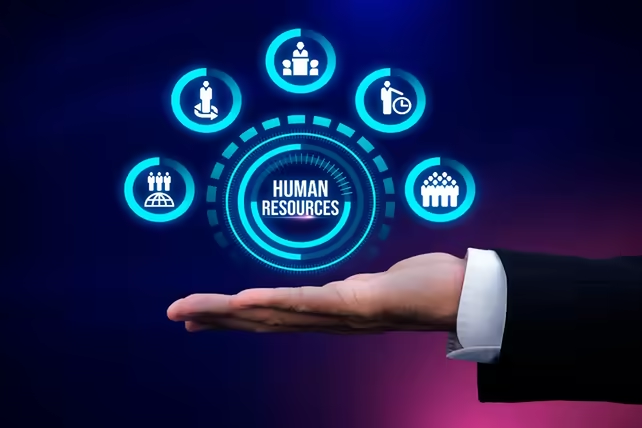The human resources industry is a fascinating one as it often goes through significant changes so it can adapt to the modern business environment. If you work in HR or you’re interested in how this sector operates, you may be keen to explore the trends currently happening.
From generative artificial intelligence to flexible working, read on to discover five HR trends that you need to know about in 2025 and beyond.
1. A focus on staff retention
As a result of upskilling and successful training schemes, people working in the HR industry are more skilled than ever before. While this is good news for the industry, it does mean that businesses need to work that little bit harder to retain high-performing members of staff.
To increase staff retention, companies need to give their employees a real reason to want to work for them by fostering a culture of reward and recognition.
2. Flexible working
As the shift toward flexible working continues to gain traction in 2025, businesses in the HR sector need to adapt to this. In particular, HR professionals who work for larger companies that have geographically diverse workforces will expect to be able to work remotely at least some, if not all, of the time.
While this trend can be a good thing for the HR industry, businesses need to make sure that they put practices in place to facilitate communication and monitor the well-being of remote workers. You may also want to think about investing in virtual assistance such as a virtual receptionist from Best Reception, which can help support your staff who are working from home.
3. Collaboration between IT and HR
With the continuous emergence of new technologies in the HR industry, businesses need to focus on collaboration between their IT department and their HR workers.
Workplace technologies are designed to help teams work smarter, faster, and more effectively, but this only works if employees know how to use them properly, so make sure you invest in training and collaborative practices.
4. Skills over qualifications
In 2025, you can expect to see more and more HR firms favoring skills and experience over qualifications, with many already dropping the requirement for a degree.
Referred to as getting rid of the “paper ceiling”, this will enable a whole new pool of talent to enter the industry and enable new start-ups and established companies alike to hire high-quality professionals who previously may not have been considered.
5. Generative AI
Generative artificial intelligence such as ChatGPT will become more commonplace in the HR industry, helping businesses to streamline a wide range of processes such as recruitment and personal development and to operate more efficiently.
That said, the challenge will be in balancing the efficiency of these new technologies with the need for human qualities and input.
Related: Pfizer Layoffs Examining Pharmaceutical Industry Workforce Adjustments From 2020 and Beyond
The takeaway
As you can see, it’s an exciting time for anyone working in human resources, with new technologies, working practices, and trends on the horizon. That said, as the global economic outlook remains uncertain, businesses in the industry need to tread carefully before making any big changes to the way they operate.



